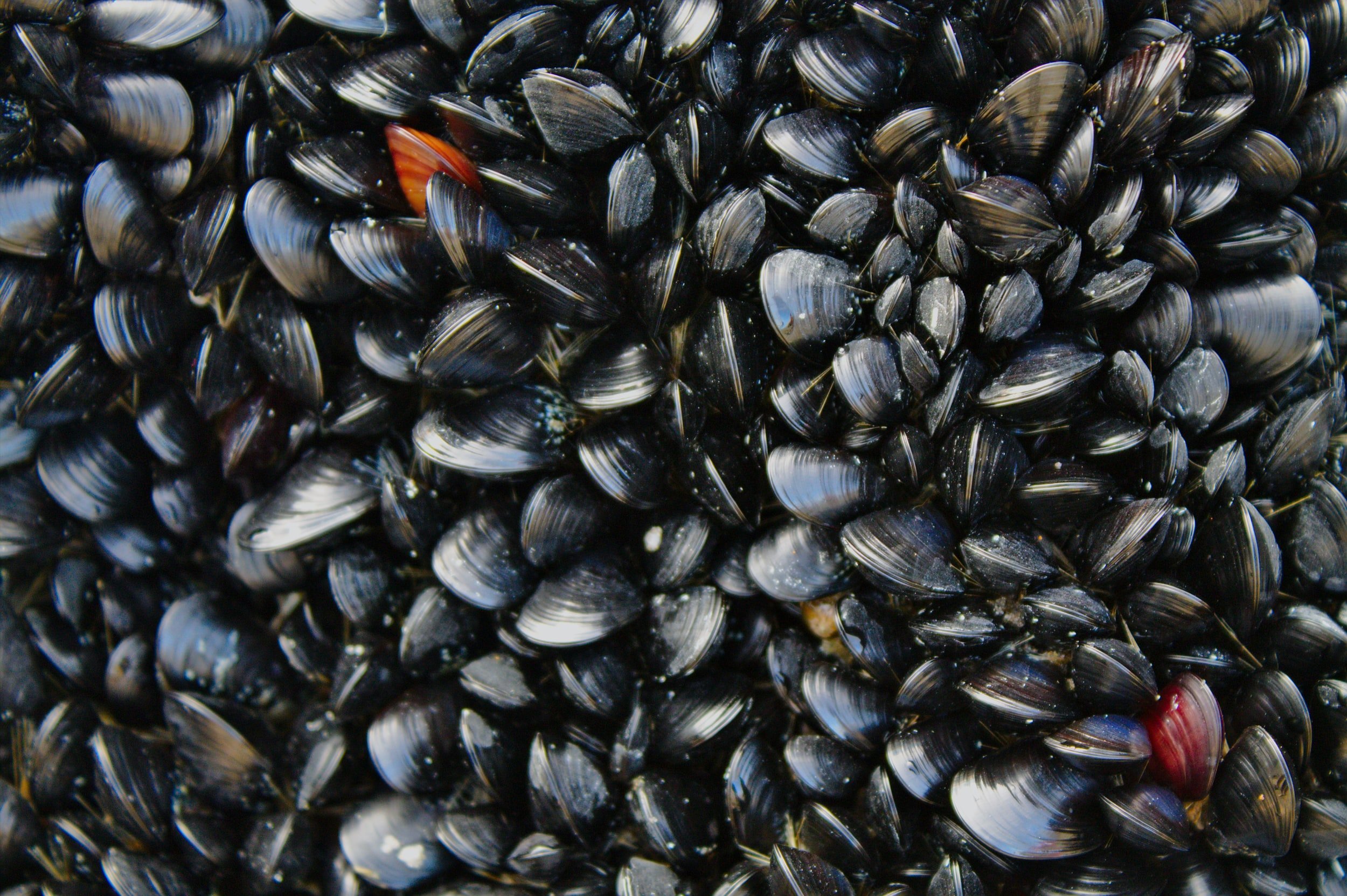Healthy Tomales Bay
Tomales Bay is a major California coastal estuary that supports aquatic and terrestrial wildlife and diverse habitats. The biologically productive eelgrass beds, intertidal mudflats, and brackish marshes are home to significant populations of birds, fish, and marine mammals. The Bay’s two primary tributaries, Lagunitas and Walker Creeks provide habitat for multiple special status species including coho salmon. The Bay is recognized for protection by the California Bays and Estuaries Policy.
Human land use and development over the last 200 years have significantly altered Tomales Bay resulting in impacts that have contributed to the Bay being listed as an impaired water body from sediment, nutrients, pathogens, and mercury. Overfishing and habitat loss have resulted in the once-thriving herring fishery almost collapsing. The Bay’s natural beauty and accessibility increase pressure to develop shorelines and expand aquaculture leases. The local economy's dependence on visitation increases pollution and public health issues. In the coming years, the Bay will continue to cope with development challenges coupled with rising sea levels and warming water from climate change.
READ OUR coastal BLOG:
-
-
Oct. - State Adopts Aquaculture Criteria + New Application Process
Oct. - State of Tomales Bay 2023: Conservation Challenges with Climate Changing
Aug. - CA Aquaculture Criteria Nearly Finalized
June - Voice your Support and Feedback for State Aquaculture Public Interest Criteria
-
-
-
-
-
Let’s Keep Tomales Bay Healthy
Our Healthy Tomales Bay work includes leading a California NGO aquaculture coalition in 2023 and advocating for the California Fish and Game Commission’s adoption of first-of-its-kind public interest aquaculture guidance. These new guidelines ensure that agencies evaluate factors like impacts on sensitive coastal environments, eelgrass habitat, recreation, and navigation when leases are sited.
Additional recent work on this campaign includes advocating for enforceable coastal development permit conditions, consistent statewide aquaculture policies, monitoring new aquaculture leases along the bay, and supporting sustainable fisheries management. We work collaboratively with many stakeholders, including our active role as a founding member of the Tomales Bay Watershed Foundation, now the Tomales Bay Foundation, where we serve on the Advisory Committee. Through the Advisory Committee, we have developed a set of guiding principles for our work on Tomales Bay and Bolinas Lagoon issues.
As part of our Healthy Tomales Bay campaign, we are committed to the long-term health of the Bay and the surrounding watersheds to ensure a thriving and healthy Tomales Bay and watershed ecosystems for current and future generations. We accomplish our waters work through education, advocacy, and engagement including monitoring legislation and participating in the public process. Review the pages below to learn more about our work to monitor coastal development, ensure fisheries are sustainable, protect coastal habitats, and prevent water pollution.
EAC’s History of Protecting Tomales Bay
EAC has been working to protect Tomales Bay and its watershed since 1971. One of EAC's first campaigns was coordinating a sail-in to protest the filling of the lower wetlands of the Bay. In the following decades, EAC remained vigilant in raising concerns about pollution from runoff and collaborating with diverse stakeholders to reduce pollution sources. In the 2000s, EAC spearheaded the listing of Tomales Bay as a Ramsar Wetland of International Importance and advocated successfully to ban jet skis in the Greater Farallones National Marine Sanctuary–which includes Tomales Bay. EAC continues to advocate for the Bay by monitoring development permits, recreational uses, aquaculture operations, and fisheries issues.







